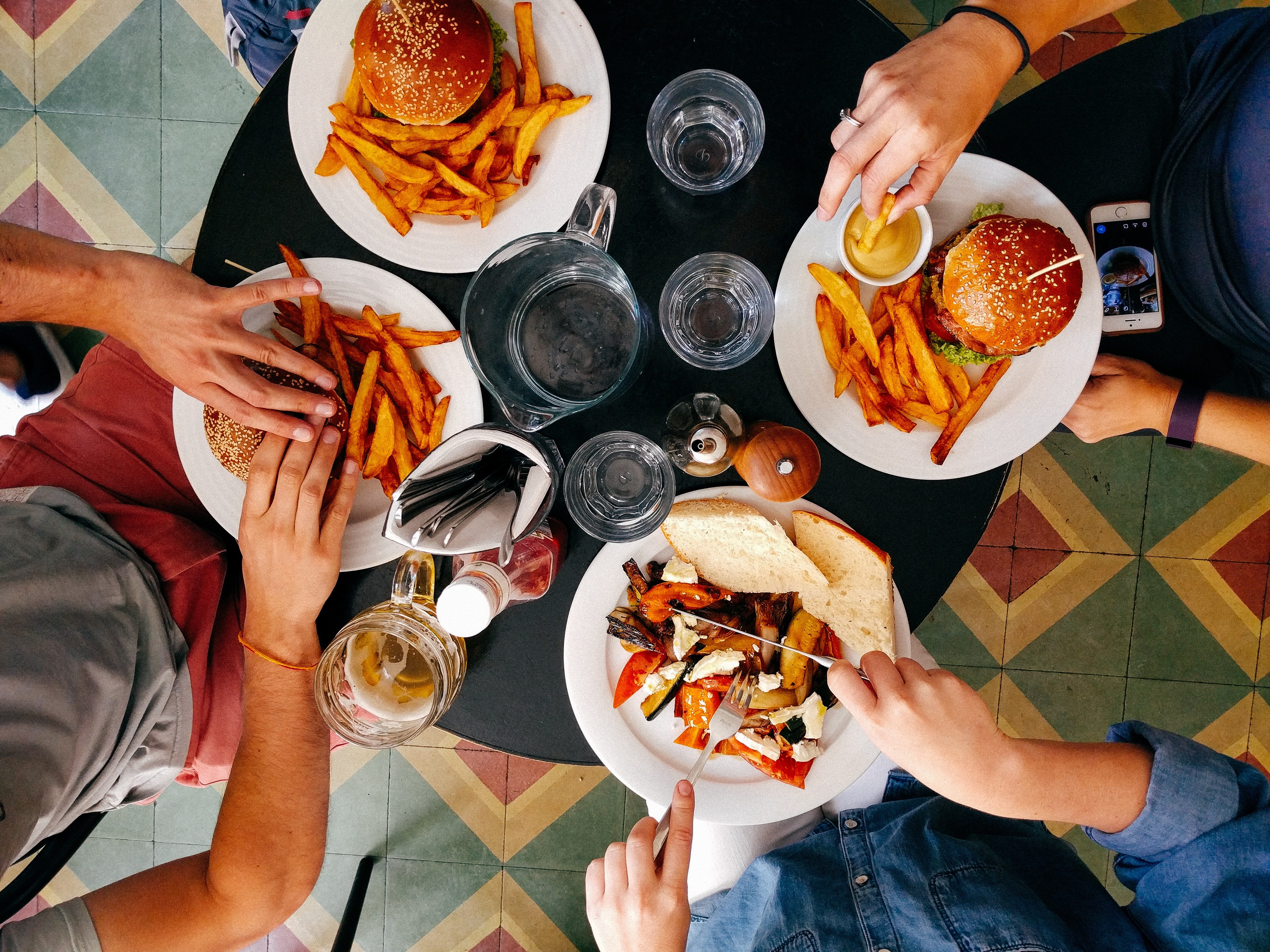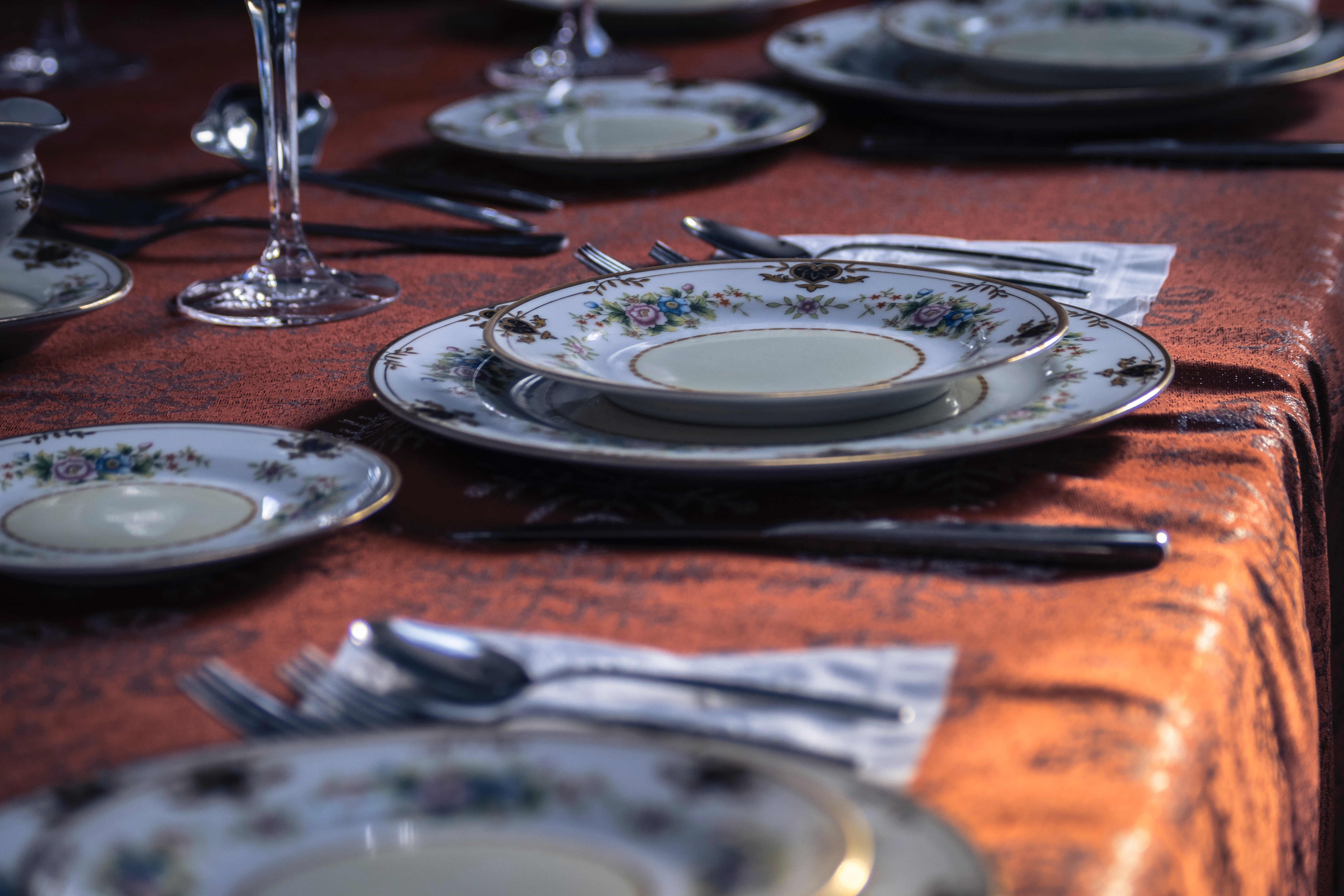Dining Etiquette: A Restaurant Guide to Setting Informal and Formal Tables
3 Min Read By Louise Richardson
Dining events have long been parts of society, however, how we eat has transformed over the centuries. Changes in dining trends are expected, but what do these adaptations mean for how we should dress the tables in our restaurants to create the ideal atmosphere at all — formal and informal — dinner parties?
Read on for the differences between formal and casual dining, as well as offers you tips for ensuring that each of your tables at your eating establishment sets the ideal ambience for your customers.
What Is an Informal Table Setting?
If you own a more laid-back restaurant, you may be looking for ways to dress your tables to reflect a casual atmosphere. No need to use fine china and silverware, but your tables should still look attractive. If you’re going for a modern vibe, why not put a contemporary twist on the traditional centrepiece by placing an LED vase in the middle of each table?

Informal tables feature only basic cutlery and flatware — avoid being ostentatious. If you have a casual restaurant rather than an establishment that is reservation-only, your customers will likely drop in for one or maybe two courses. So, keep your menu focused on offering strictly starters, mains and desserts — it’s great to be creative with your food, but avoid anything that sounds pretentious.
What Is a Formal Table Setting?
Fine dining is still a much-loved experience for Brits. When you’re dressing a formal table, concentrate on incorporating antique silver pieces, fine cloth napkins, premium glassware, a high-quality tablecloth, and (potentially) an elaborate centrepiece — don’t forget silver ewers and attractive dinging ware, such as candelabras.
When your staff are serving formal dining guests, if you wish to offer a very traditional experience, they should ensure that each guest is presented with an empty plate for each course. They will then bring in each full course and offer it to each guest in turn, as opposed to plating up a meal in the kitchen and bringing it as it is. However, this method is considered quite old-fashioned, so perhaps reserve it for if your restaurant is hosting a special event. Up to six courses is generally accepted as the standard when it comes to a formal meal. This will include a starter, fish course, meat course, dessert, and finally, a cheese course.
How To Set an Informal Dinner Party Table
Laid-back restaurants and dining settings are generally more creative when it comes to decoration and table setting.
If you haven’t already, establish a restaurant or nightly theme to set a casual, inviting tone. This could be a shade or even something like the coast or cinema. Purchase tablecloths and ornaments that match your theme — handmade crafts can also be a quirky touch. There’s also the option to amend an established formal dining trend and make it more casual. Make your own menu holder or place tealights around each table and do away with candles.
As for your menu, interactive food is less formal and perfect for a fun and welcoming restaurant — try nachos, fajitas and make-your-own burgers.
How To Set a Formal Dinner Party Table
The placement of your cutlery is essential to setting the perfect formal dining table correctly. Start with the dinner plate — this goes in the centre of each table in your restaurant with all forks to the left, and knives and spoons to the right.
As for the dessert spoon and fork, these sit above the plate (the spoon above the fork). The fork should also point right and the spoon should point left. Afterwards, make sure you and your staff put the side plates to the left of each guest’s dinner plate, then, finish by placing the napkin on top of the side plate.
Essentially, these rules must be considered when creating a formal dining experience:
-
Starting from the outside, cutlery is placed in the order the guest will use it.
-
Knife blades face the plate.
-
All salad dishes should arrive at the table on a salad plate and placed by the server on top of the dinner plate.
-
Red wine has its own glass and so does white wine throughout the entire meal.
-
Wine glasses are placed above the table knife (which sits on the right).
Your guests should not have to request anything during their meals — everything should be available on the table and make sure the server clears every dish after each course.
With just a few tweaks of your processes, menu and décor; you can create the perfect atmosphere at your restaurant for your guests.
Sources:
http://homeguides.sfgate.com/many-kinds-table-settings-there-104524.html
http://homeguides.sfgate.com/difference-between-formal-informal-table-setting-103497.html http://www.idealhome.co.uk/dining-room/ideas-dining-room/table-setting-ideas-menu-favours-50716
https://www.viners.co.uk/how-to-set-a-table
http://www.idealhome.co.uk/news/5-table-settings-to-impress-at-your-next-dinner-party-20708


